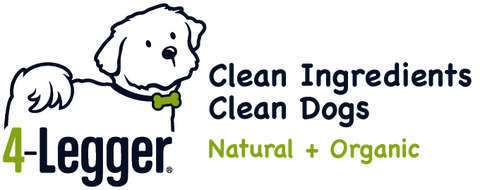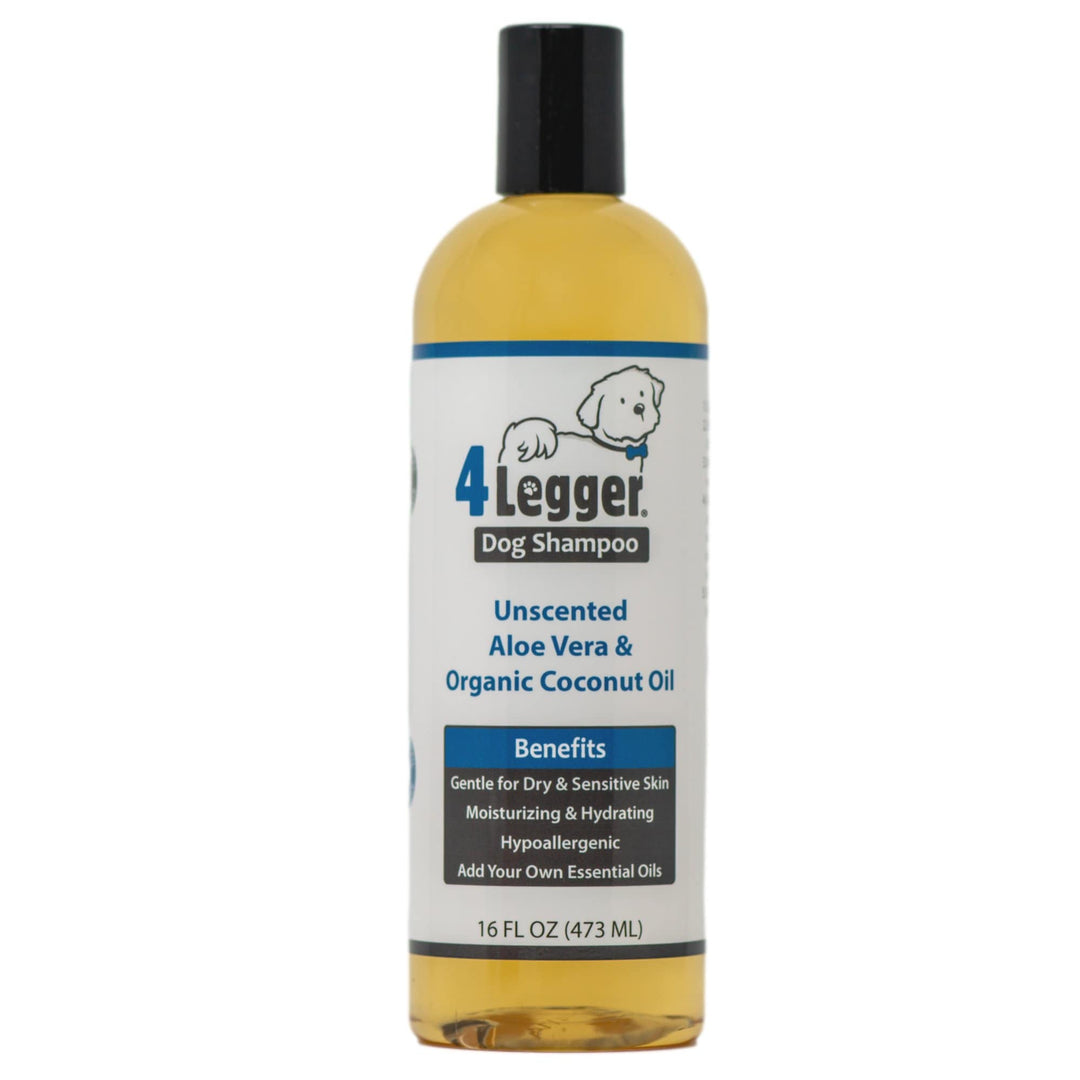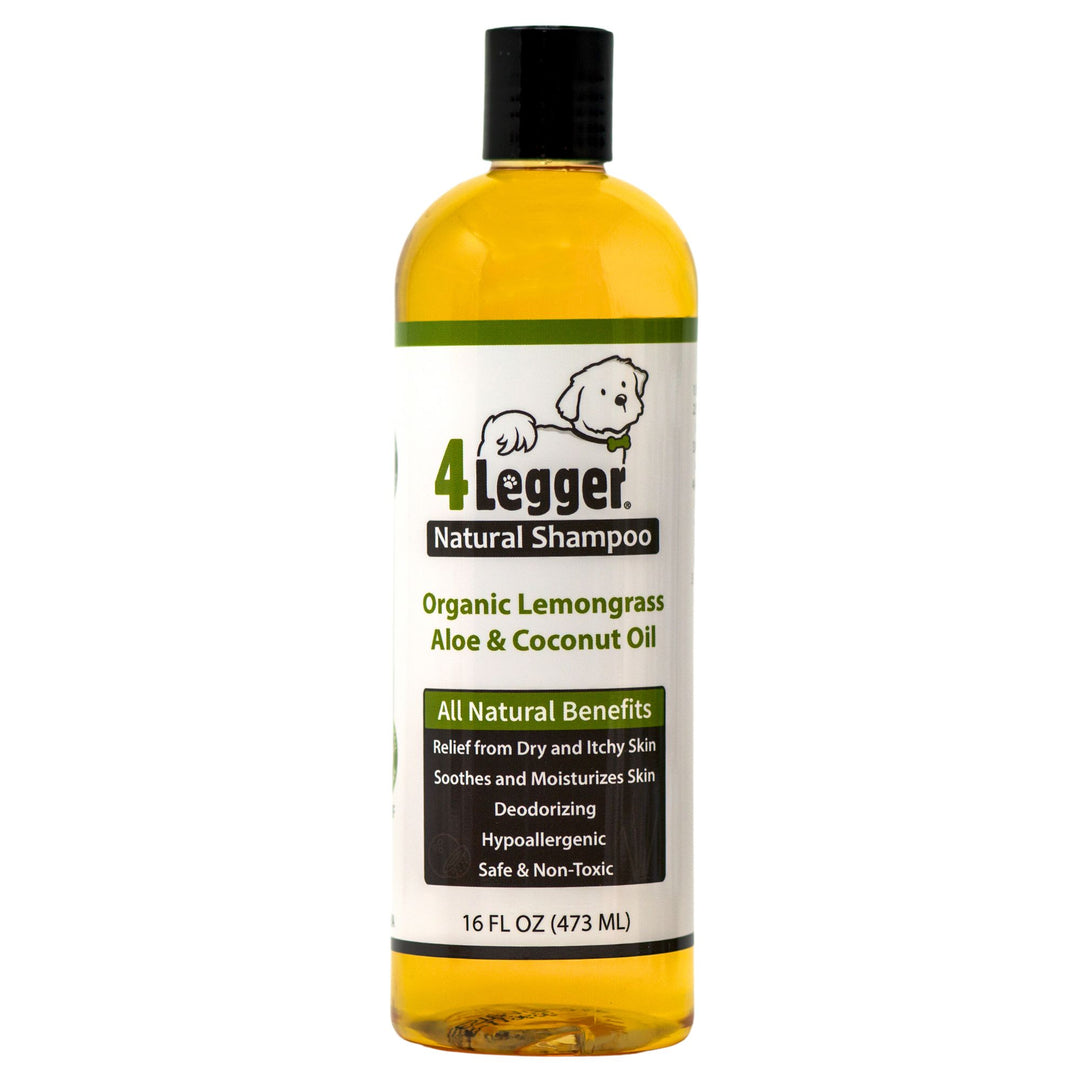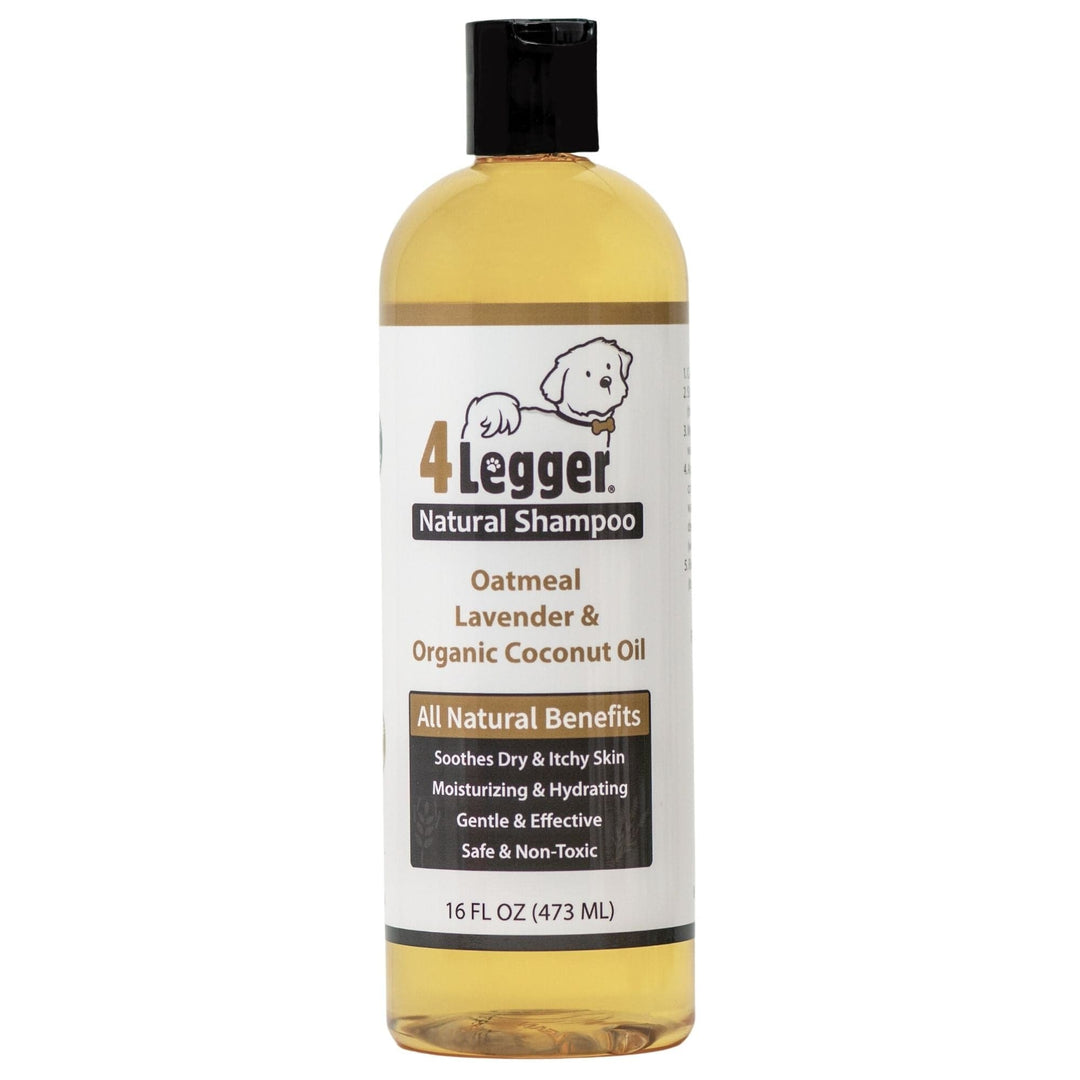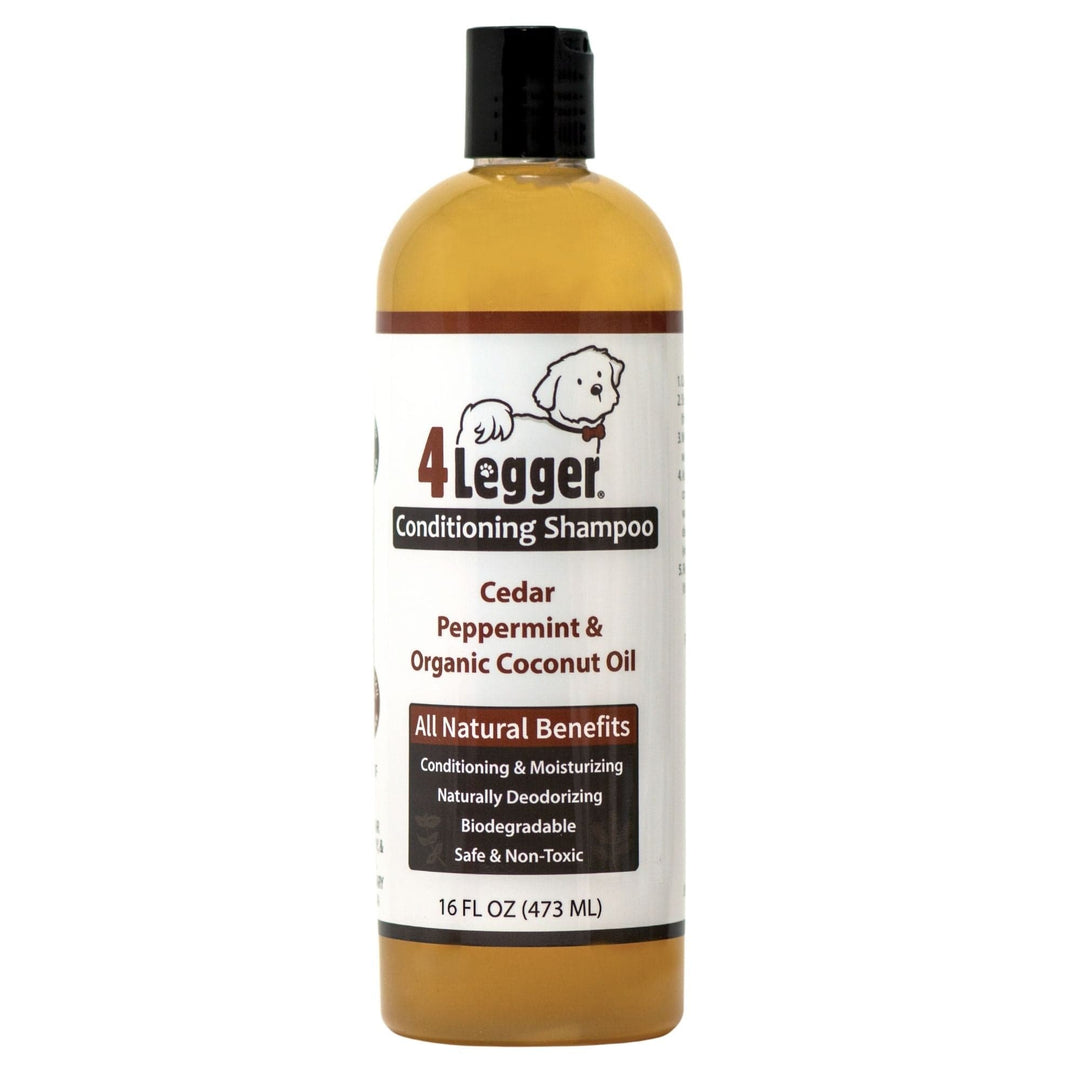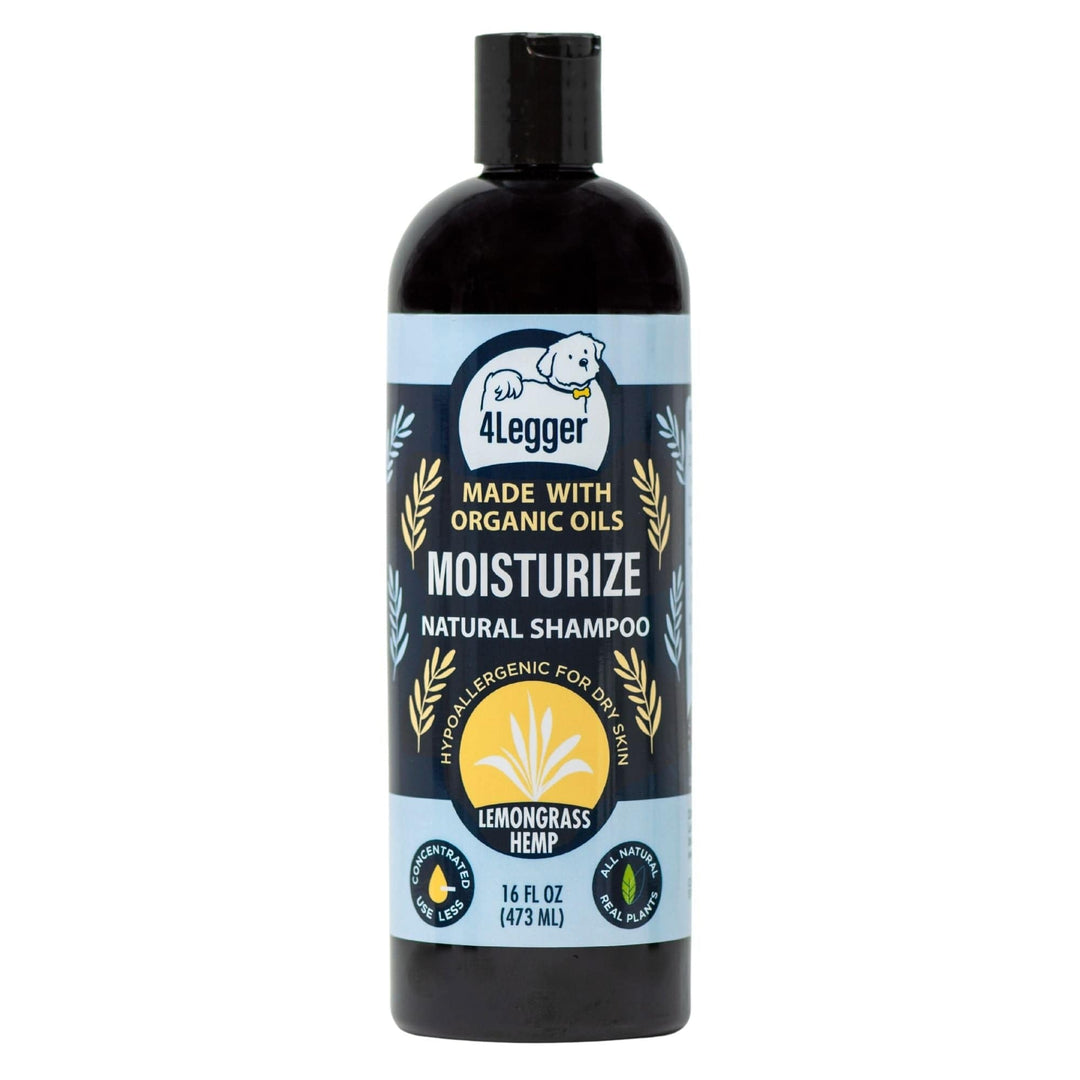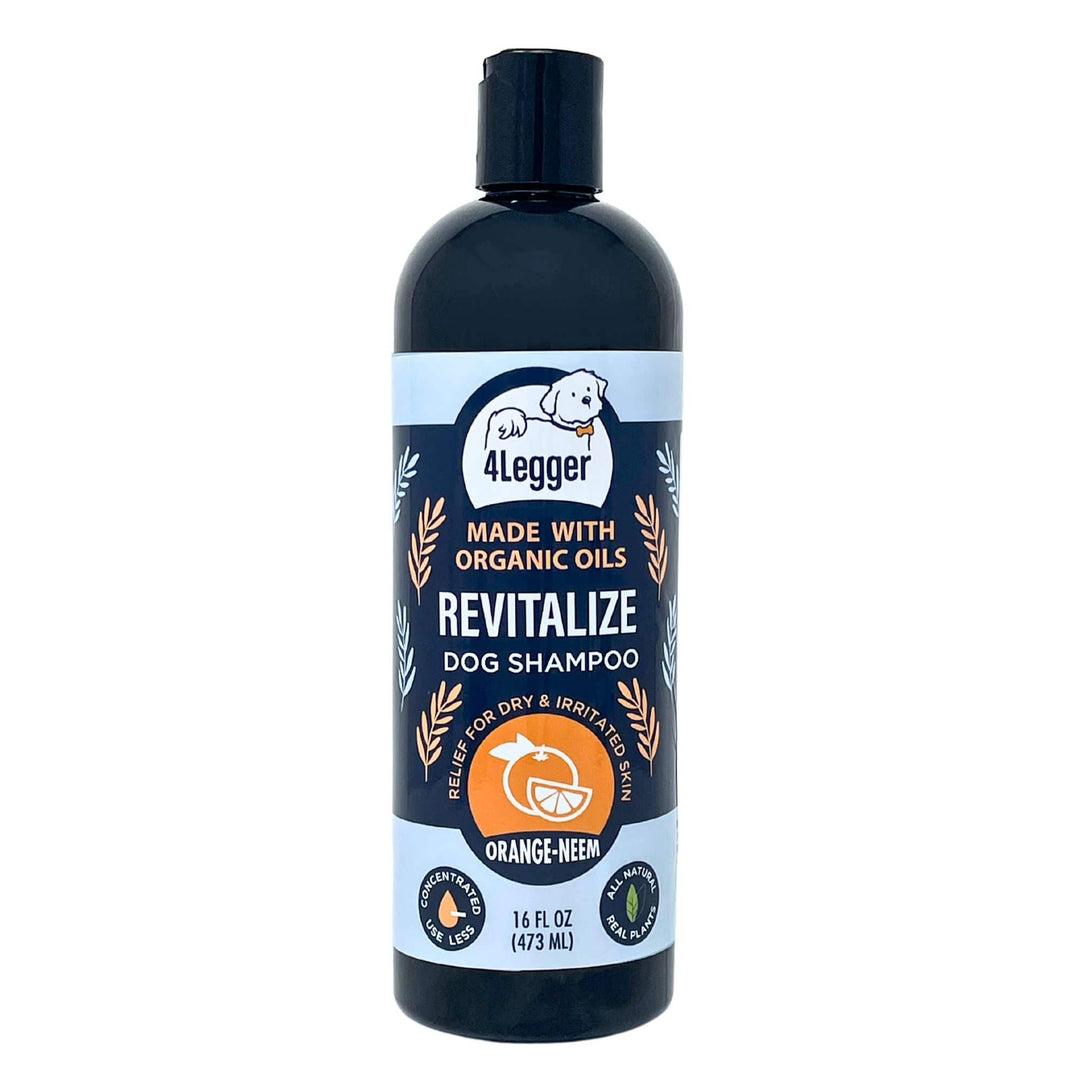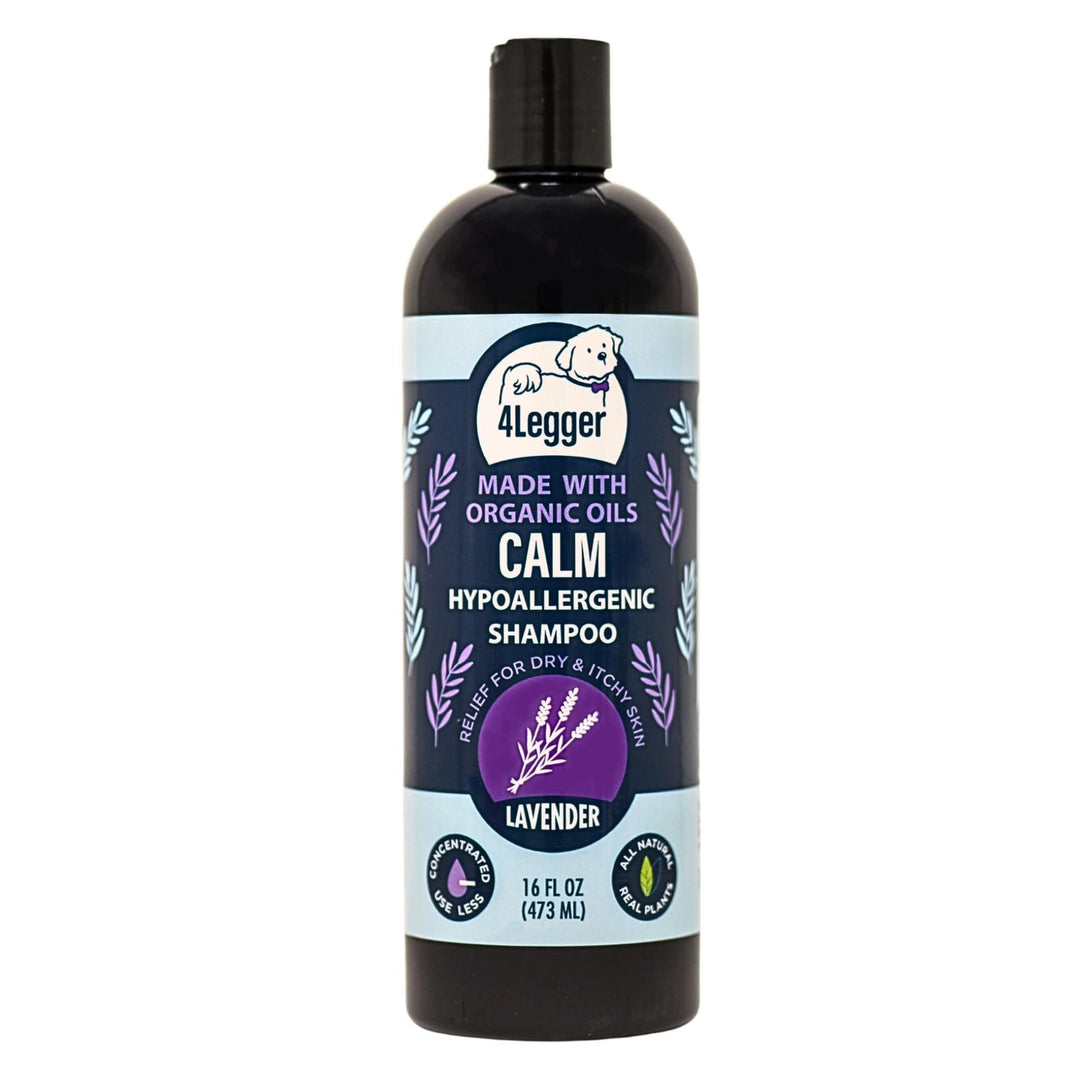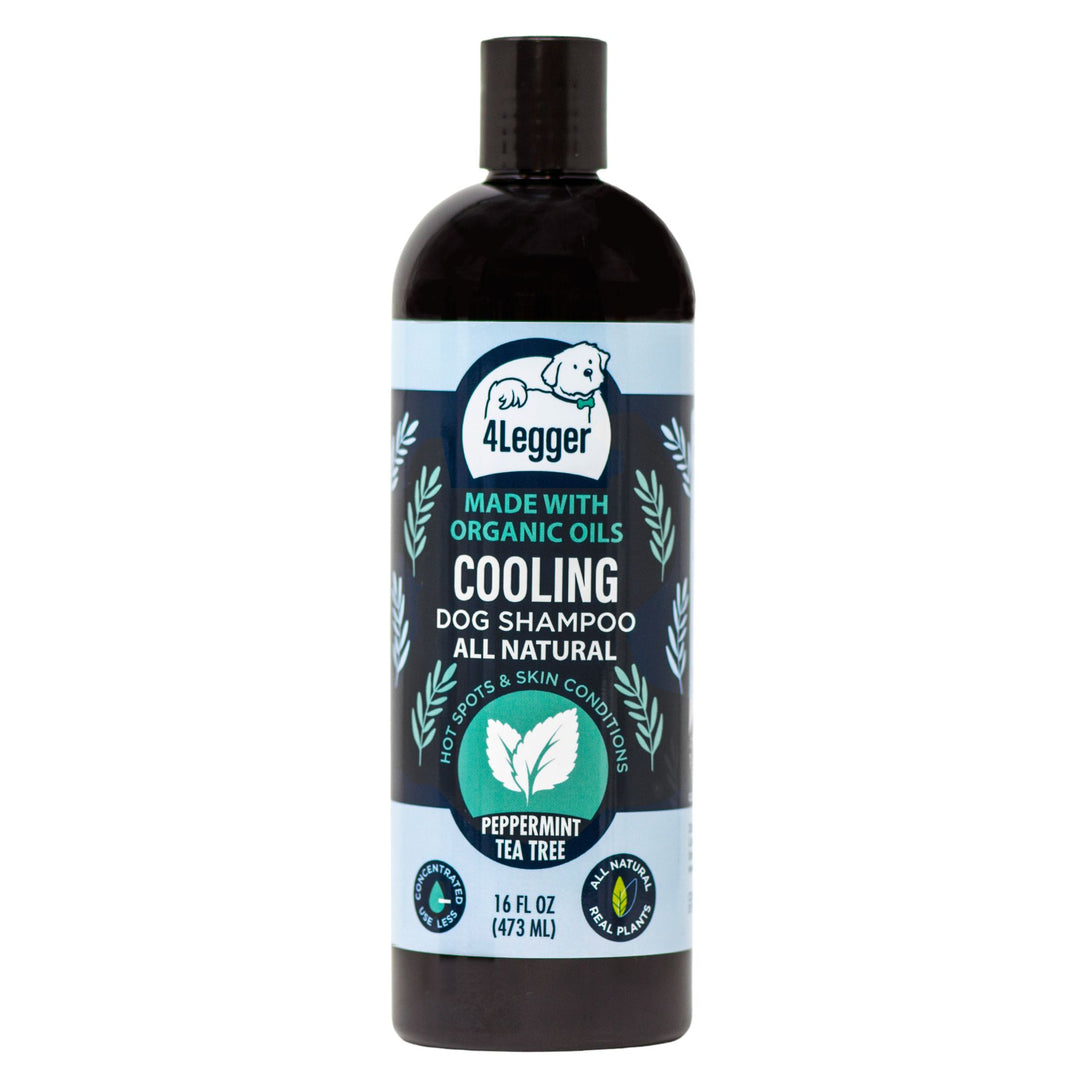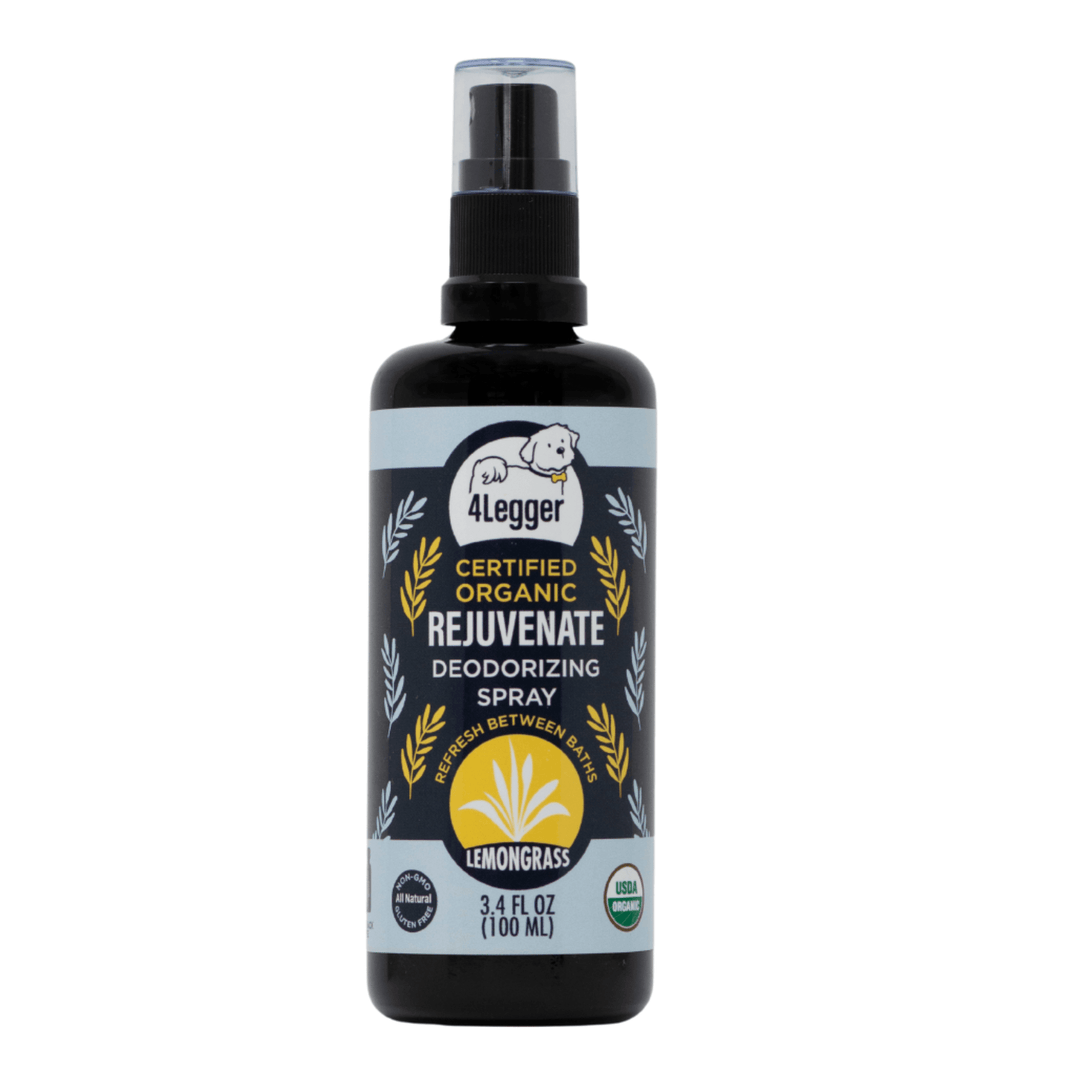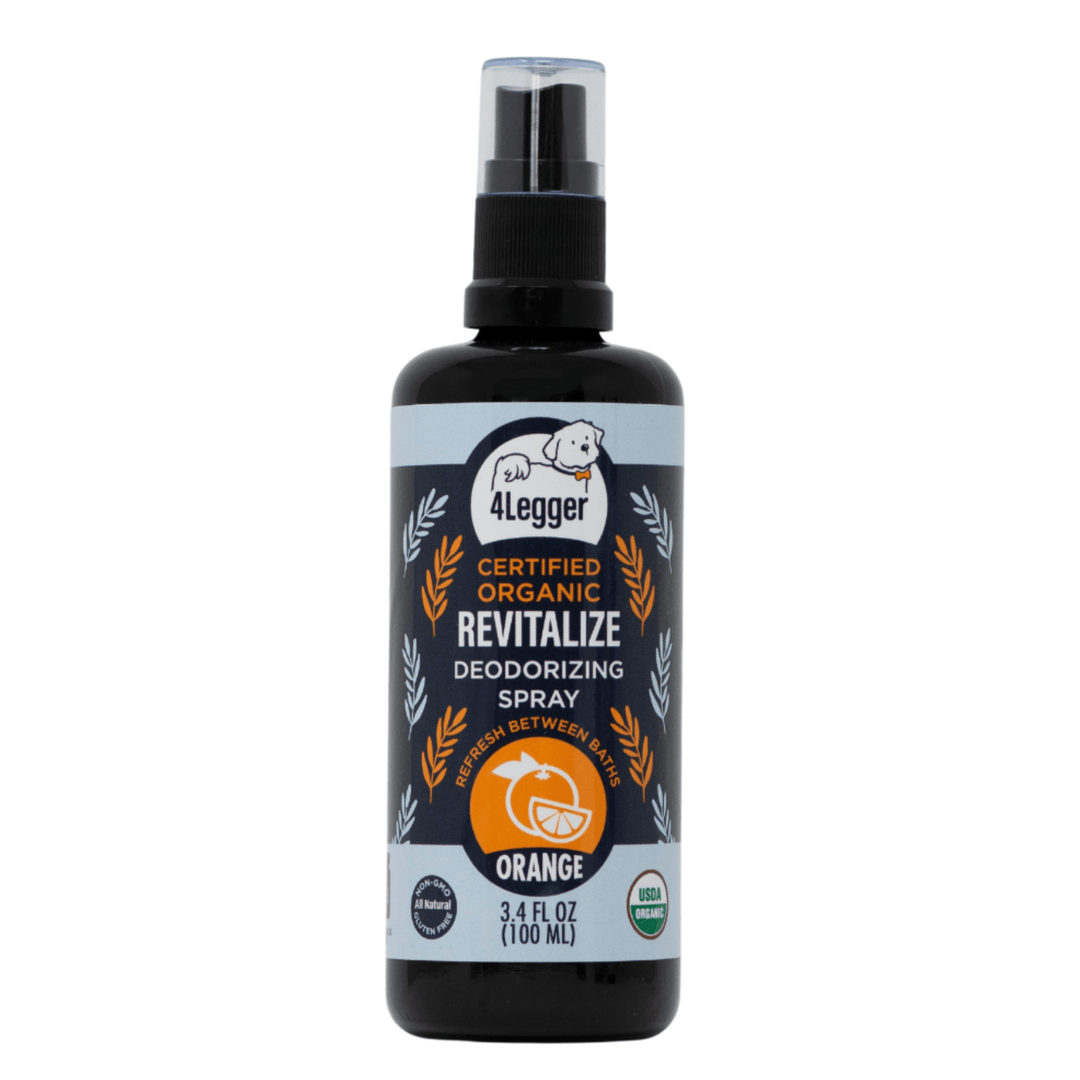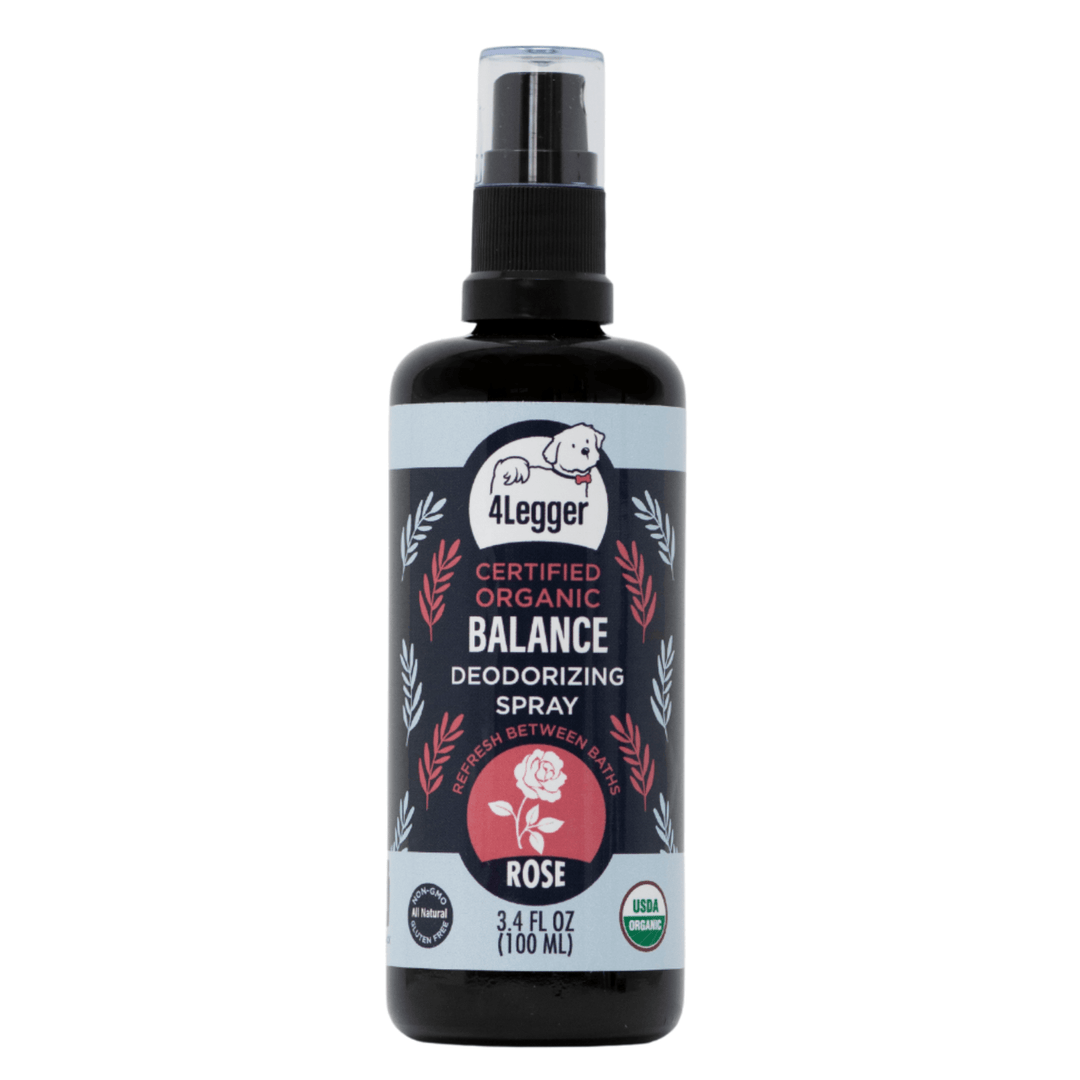Our Promise: Products You Feel Good Using on Your Best Friend
The Commitment to Organic and Safe Dog Shampoo by 4-Legger
In 2014, 4-Legger embarked on a mission to transform the pet grooming industry to make it more transparent and safe.
We started by creating a list of ingredients that would never be found in any of our all-natural dog shampoos.
The list (below), originally crafted on a humble notepad, continues to serve as the cornerstone of their commitment to quality and safety. It was also the start of the pet shampoo ingredient database.
Why Are Ingredients In Dog Shampoo So Important?
Many manufacturers argue that toxins in dog shampoo don't matter or that the small amount of a toxin in an ingredient poses no threat. However, as cases of cancer, hormone disruption, and other diseases in dogs continue to rise, 4-Legger firmly believes that any amount of synthetic chemicals exposed to dogs is too much.
The Shocking Rise of Cancer In Dogs
The rate of cancer in dogs is 5x that of humans: For every human that is diagnosed with cancer, 5 dogs are diagnosed with cancer.

50% of Dogs Over the Age of 2 Will Die From Cancer
The 2 most common cancers are:
1: Mast Cell Tumors (a form of skin cancer)
2: Melanoma - Skin and mouth cancer

Only 5% of Canine Cancer Is Genetic
Yes... only 5% of canine cancers are hereditary (some breeds have higher rates and some lower).

95% of Canine Cancer Is Attributed to Environment and Lifestyle
This means ... 95% of canine cancers are in our control and we can reduce exposure by reducing exposure to environmental toxins.
Having lost a dog to cancer, we think ANY amount of these synthetic chemicals being exposed to our dogs when there are viable, safe, and effective alternatives is too much.
The Pet Grooming Industry
The pet grooming industry is not regulated and manufacturers can say a product is all natural, pure, safe and non-toxic, or organic when it is in fact full of environmental toxins.
We committed our lives to making the grooming industry safer, one healthy bath at a time by educating pet parents and creating truly safe and non-toxic products pet parents could trust.
What Ingredients Will You Never Find in a Bottle of 4-Legger Organic Dog Shampoo?
4-Legger's unequivocal answer to this question encompasses all those harmful components that typically populate the contents of conventional dog grooming products.
4-Legger takes immense pride in delivering an authentically natural dog shampoo, crafted with organic ingredients. Our dedication to quality and safety is unwavering, underscored by the fact that all of our shampoos, our healing balm, dog conditioner, and our touch up sprays are all Certified to USDA Organic Standards.
Why is Certified Organic Important to 4-Legger?
Certified organic dog grooming products go through a much higher level of scrutiny. 4-Legger developed the world's first aloe-based USDA Organic Dog Shampoo to give pet parents the confidence that their products are truly all-natural, safe, and non-toxic when they see the USDA seal.
Our ingredients are carefully selected for sustainability and ethical harvesting/growing practices. They are reviewed throughout their lifecycle, from where and how they are grown to how they are processed, transported, packaged, and shipped. All of 4-Legger's products are made in the USA in small batches to ensure quality.
Certified organic dog grooming products also verify the absence of GMO ingredients, pesticides, herbicides, artificial colors, or artificial fragrance. Only truly natural ingredients go into the bottle and, of course, on your dog.
In their blog and newsletter, 4-Legger provides further insights into their ingredients, tips to help pet owners make informed choices when it comes to the well-being of their beloved furry family members.
